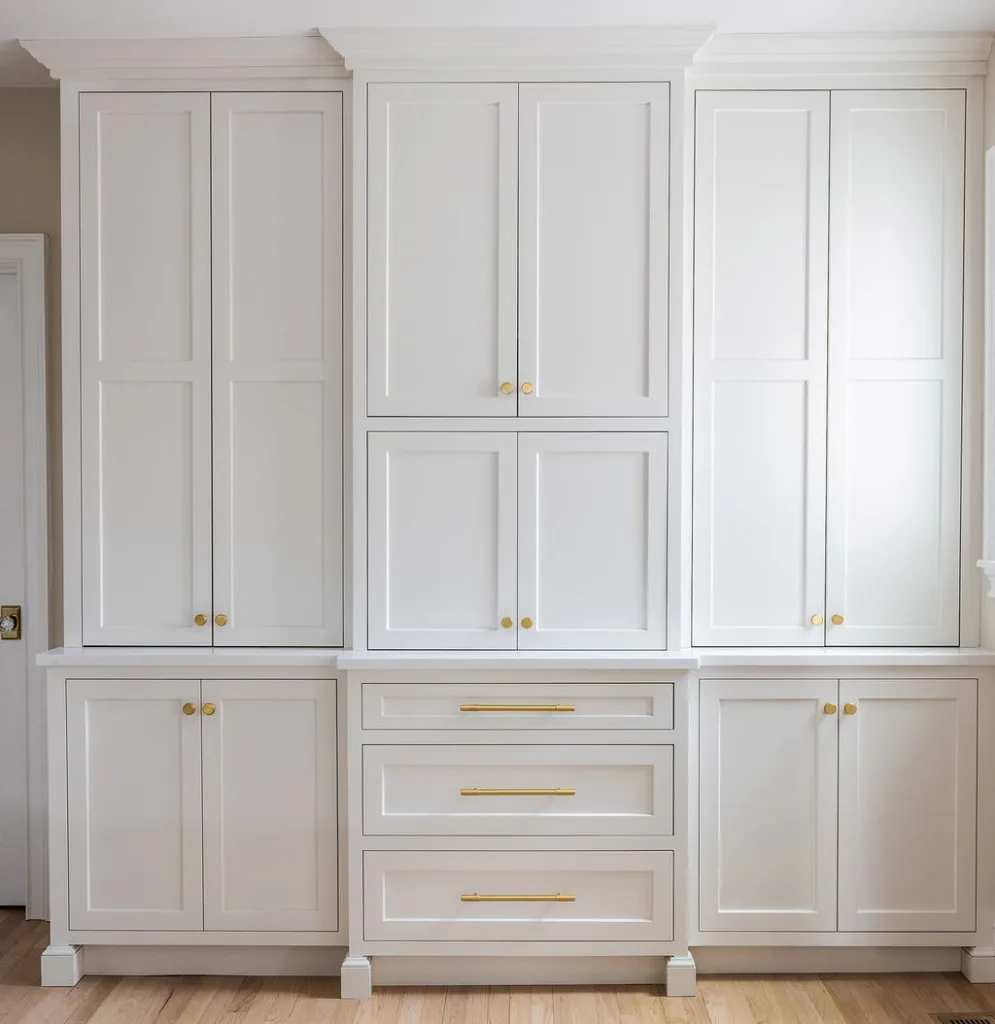
When planning your dream kitchen, every detail matters—especially your cabinet doors. They’re more than just panels on a box; they set the tone for your entire space. From sleek slab cabinet doors to classic recessed panel designs, understanding the different types of cabinet doors can help you make smart design choices that match your style and lifestyle.
At StoneHill Cabinetry, we craft each door with precision, using the finest materials and finishes to ensure beauty and durability. Let’s walk through the most popular cabinet door styles to help you find the perfect fit for your home.
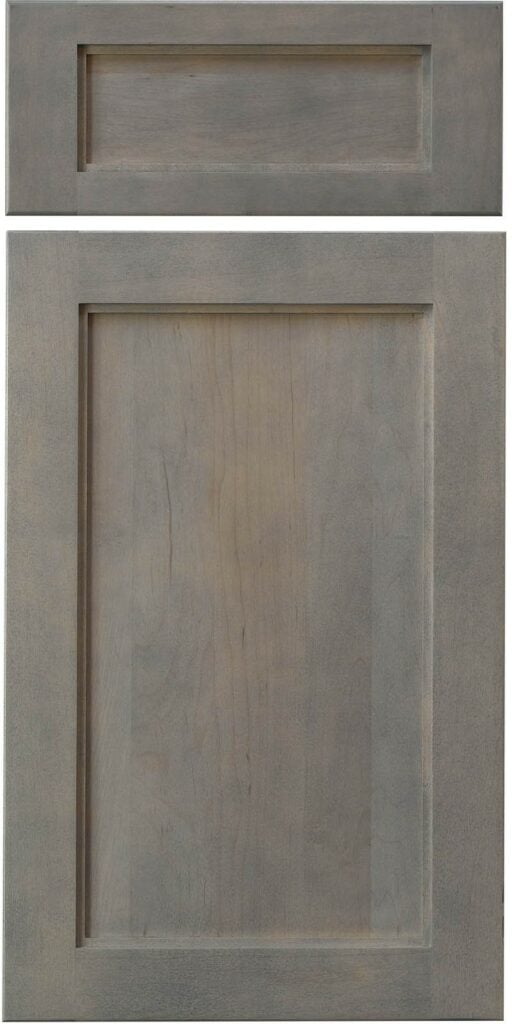
1. Shaker Cabinet Doors: Timeless Versatility
Shaker cabinet doors are the most popular style in today’s homes—and for good reason. They feature a five-piece construction with a flat center panel and square edges, offering a clean and simple look.
Shaker doors are incredibly versatile. Whether you lean traditional, transitional, or modern, this style blends in beautifully. Pair Shaker kitchen cabinet doors with painted finishes for a fresh farmhouse look or natural wood grain for a warm, rustic feel.
Best for: All design styles—from modern to classic.
Popular in: Kitchens, bathrooms, and mudrooms.
2. Raised Panel Cabinet Doors: Traditional Elegance
With a center panel that’s higher than the surrounding frame, raised panel cabinet doors offer depth and decorative detail. These doors often feature carved edges and are available in a wide range of profiles.
This style works well in more formal or traditional spaces and pairs beautifully with rich stains or glazed finishes that highlight the contours.
Best for: Traditional, Mediterranean, or classic homes.
Popular in: Formal kitchens, dining areas, and built-in cabinetry.
3. Recessed Panel Cabinet Doors: Simple Yet Sophisticated
Recessed panel or flat center panel doors look similar to shaker but can be even more understated. The center panel is set back into the door frame, offering subtle depth without ornamentation.
This style is great for homeowners who want a clean look with just a touch of detail.
Best for: Transitional and modern classic designs.
Popular in: Open-concept kitchens and streamlined interiors.
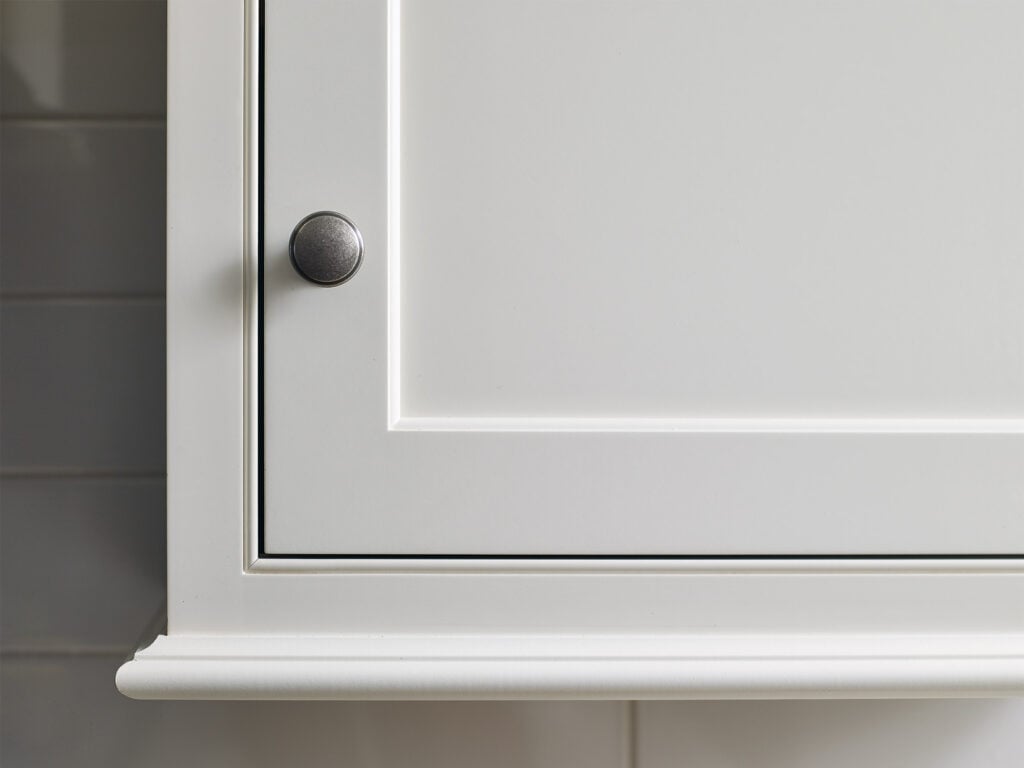
4. Inset Cabinet Doors: Clean Lines with Premium Appeal
Inset cabinet doors are set inside the cabinet face frame so that they sit flush with the frame when closed. This style requires precise craftsmanship and offers a high-end, built-in appearance.
Often used with Shaker or panel cabinets, inset doors can feature visible or hidden hinges and are customizable with beaded or non-beaded edges.
Best for: Custom, high-end kitchens and timeless design.
Popular in: Classic homes, traditional remodels, and bespoke cabinetry.
5. Full Overlay Cabinet Doors: Sleek and Seamless
In a full overlay, the cabinet doors completely cover the face frame, leaving only a small gap between doors and drawers. This gives your cabinetry a seamless, modern look.
Because the cabinet face is mostly hidden, full overlay doors are ideal for showcasing door design and hardware.
Best for: Contemporary and transitional styles.
Popular in: Open-plan kitchens and clean-lined spaces.
6. Glass Insert Cabinet Doors: Display with Style
Glass insert cabinet doors feature a glass center panel, often framed in wood. They can be clear, frosted, or textured, allowing you to showcase fine china or decorative items while keeping them protected.
For added style, consider mullion doors, which divide the glass with wood or metal strips for a windowpane look.
Best for: Accent cabinets, buffets, or upper wall units.
Popular in: Transitional kitchens and dining spaces.
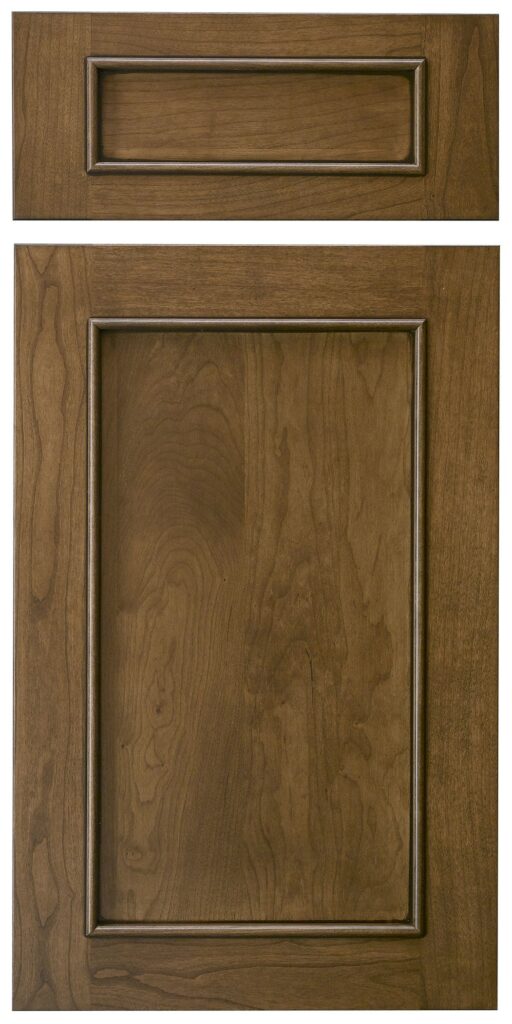
7. Beadboard and Decorative Panel Doors: Texture and Charm
Beadboard cabinet doors add a vertical groove detail, often used in country, cottage, or coastal designs. These lines add dimension and texture while keeping the look soft and welcoming.
If you want something with even more character, explore decorative panels like arched or cathedral shapes.
Best for: Farmhouse, cottage, and vintage-inspired spaces.
Popular in: Kitchen islands, laundry rooms, or cozy kitchens.
Choosing the Right Cabinet Door Style for Your Home
With so many types of cabinet doors, how do you choose the right one? Here are a few tips:
- Think about your home’s architecture: Traditional homes often suit raised or inset doors. Modern homes look great with slab or full overlay styles.
- Consider your lifestyle: Need easy cleaning? Go for slab or shaker doors. Want to display items? Try glass insert doors.
- Match your finish: Some styles look best in painted finishes (like shaker), while others shine in stained wood (like raised panel).
- Work with a designer: A professional can help you mix and match door styles and overlays to create a cohesive look.
Craftsmanship That Sets Us Apart
At StoneHill Cabinetry, we know that the door style you choose is just the beginning. Our team uses time-tested joinery and hand-applied finishes to ensure every door is a work of art.
Whether you’re building a new home or remodeling an existing space, we’ll help you create cabinetry that is functional, beautiful, and uniquely yours.
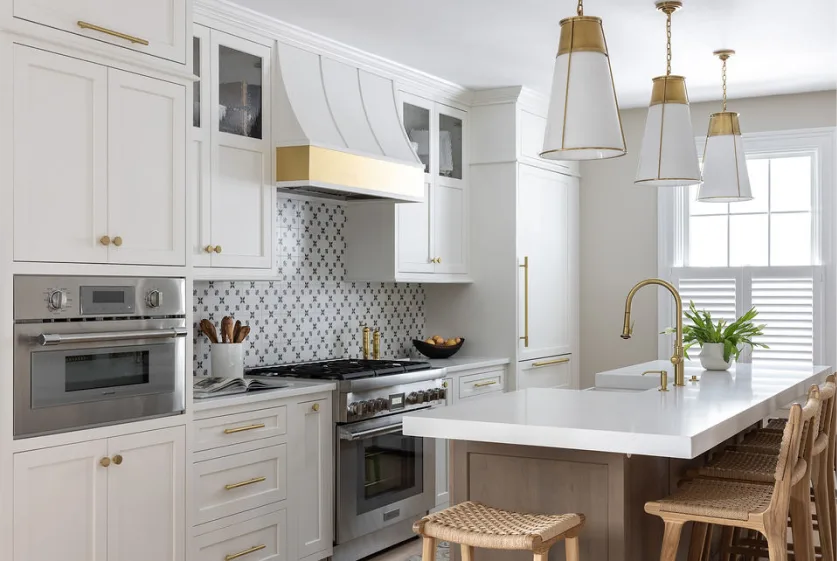
Frequently Asked Questions (FAQ)
1. What’s the main difference between Shaker and recessed panel cabinet doors?
Both feature a flat center panel, but Shaker doors have a clearly defined five-piece frame that’s usually thicker, giving them a slightly more defined, architectural look. Recessed (or flat-panel) doors use a slimmer frame for an even sleeker, more understated profile.
2. Are raised-panel cabinet doors going out of style?
Not at all. While contemporary kitchens favor cleaner lines, raised-panel doors remain a hallmark of traditional and classic interiors. Updating the finish—think rich stains or a subtle paint-and-glaze—keeps them feeling current.
3. What is an inset cabinet door, and why does it cost more?
Inset doors sit perfectly flush inside the cabinet face frame, requiring extremely tight tolerances and extra hardware (often hidden hinges). The additional craftsmanship and time required drive the price up, but you gain a premium, furniture-built look.
4. How do full-overlay doors differ from partial overlays?
Full-overlay doors nearly blanket the face frame, revealing just a narrow reveal (⅛–¼”). Partial overlay doors leave 1″ or more of the frame visible between doors and drawers. Full overlays create a seamless, modern facade, whereas partial overlays lean more traditional and are typically less expensive.
5. Are glass-insert doors practical for everyday kitchens?
Yes—when placed strategically. Use them on upper wall cabinets or a single feature run to display china or glassware. Opt for tempered glass for safety and consider frosted or textured glass if you’d like to conceal contents without losing lightness.
6. Which cabinet door style is easiest to keep clean?
Slab (flat) doors are the simplest—no grooves for dust to settle. Shaker comes next; its single inner step is easy to wipe. Styles with heavy profiling (raised panel, beadboard) require more detailed cleaning.
7. Can I mix cabinet door styles in one kitchen?
Absolutely. Designers often pair a primary style (e.g., Shaker) on perimeter cabinets with an accent style (e.g., glass inserts or beadboard) on the island or a hutch. Keep finishes and hardware cohesive so the mix looks intentional.
8. How do I decide which cabinet door style is right for my home?
Consider three factors:
- Architecture: Match formality and era (e.g., raised panel for traditional colonials, slab for modern lofts).
- Lifestyle: If you cook daily, pick styles that wipe down quickly.
- Budget & timeline: Inset and custom profiles cost more and take longer to build.
Still unsure? Find a StoneHill Cabinetry designer for tailored advice.
Ready to Get Started?
Explore your options with a StoneHill Cabinetry designer. Find a designer today to learn how our handcrafted cabinet doors can transform your kitchen or bath.